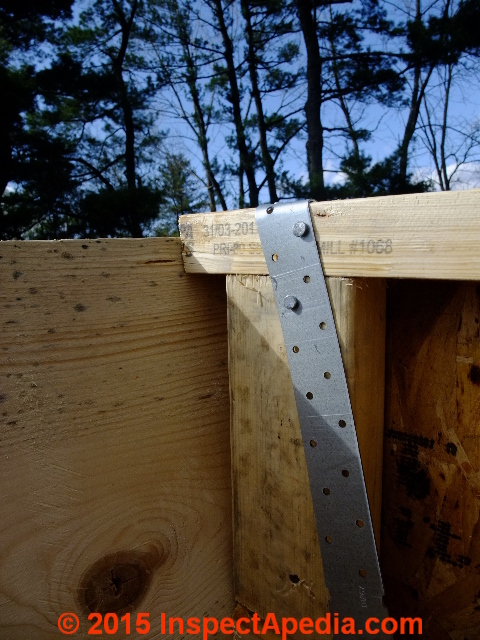46 Chord Shapes You Must Know: The Ultimate Guide to Chord Substitutions. There are many ways to vary almost any basic chord, but in order to do this spontaneously, you need a fully stocked folder in your brain’s filing cabinet, containing heaps of chord types that can be used as replacements for a basic progression’s “stock” chord.
Download texas game warden equipment for sale. Guitar ScalesThe first step in understanding guitar theory is learning guitar scales. A scale is a group of musical notes.In music we have two types of scales, those are:. Major scales. Minor scales.Both scales are used to create different types of sounds, major scales have a ‘happy’ sound and minor scales have a ‘sad’ sound.They both have their uses in all kinds of music.In today’s lesson we’re going to talk about our scales in the key of ‘C’.Want to learn about the key of ‘C’? Go here: The Major ScaleThe key of C has no sharps or flats. Therefore, if we’re playing in the key of C, that means the notes are: C D E F G A BHere’s a C major scale on guitar:To learn this scale, go here:Because there are no sharps or flats, the key of ‘C’ is a nice and easy key to think in. The Minor ScaleIn music, we have relative scales.
Have you ever wondered why some chords get such a bad rap?You know the chords I mean, the usual suspects: F, C#m & B and their friends.You’ve sweated blood trying to get your fingers around these shapes and no matter how hard you try there doesn’t appear to be any hope on the horizon.The more research you do the more confusing things get.And some of those diagrams look like you’ll need extra fingers.Good News: Learning B Chord On Guitar Is Not Difficult At All!All you need is to know the notes that make up the chord then you can workaround difficult chord shapes. Chord familiesAs we have discussed in previous articles each scale will produce its own set of harmonies.I call these collections of chords.The B chord can be found in the keys of B major, E Major and F# major.In the key of, it functions as a chord one.For example, the B major harmonized scale would look like this, chord seven is a chord. 1234567BC#mD#mEF#G#mA#dimIn this example, the B chord has the feel of arriving home.By that, I mean that when you play a chord progression you create a harmonic environment.The chords of a song in the key of B might be: B /// D#m /// E /// F# /// etc.,The chord progression might travel to many different and varied chords in the course of the song however your ear will always want the song to finish on B. B chord on guitar using easy shapesOne of the most obvious places to start, but quite often the most overlooked is to use chord shapes you already know.It makes sense, doesn’t it?If you can already play a chord shape with ease why not use a to adjust the pitch to the desired sound.For instance, some easy chord shapes you most likely already know might be: G, A, and EHere’s how we would convert these shapes to a B chord on the guitar.For example, the B chord produced by placing a capo at the 2nd fret using an A shape chord formation.
Chord Variations You Should KnowThis is where things start to get interesting.It must be remembered that there is no such thing as the definitive B chord the focus must always be on the music.Which B chord you play will depend on the particular musical situation therefore the more B chord variations you have in your guitar toolbox the better.With this in mind let’s take a look at the B chord played as a power chord. B5 chordsFor the purpose of our discussion, I will notate power chords as 5 chords.Therefore a B power chord will be presented as B5.The typical power chord is a two-note structure consisting of the root note and it’s fifth.Since this type of power chord does not contain the third note of the chord it can function as either a major or minor chord.Note: The third note of a chord determines whether the chord is a major or minor chord.For example, the B power chord would consist of the notes B and F#. Thinking outside the boxThe versatile guitarist is always on the lookout for new ways to play familiar material.For instance, many pop songs only use three or four chords.The creative guitarist’s challenge is to find new ways to play these basic chords.This is where a good understanding of the language of music comes in handy.Earlier in this article, I mentioned that the B chord can be found in the keys of B major, E Major and F# major.If for instance, I wanted to create a new way of playing the B chord in the key of E I might play that chord like this.
